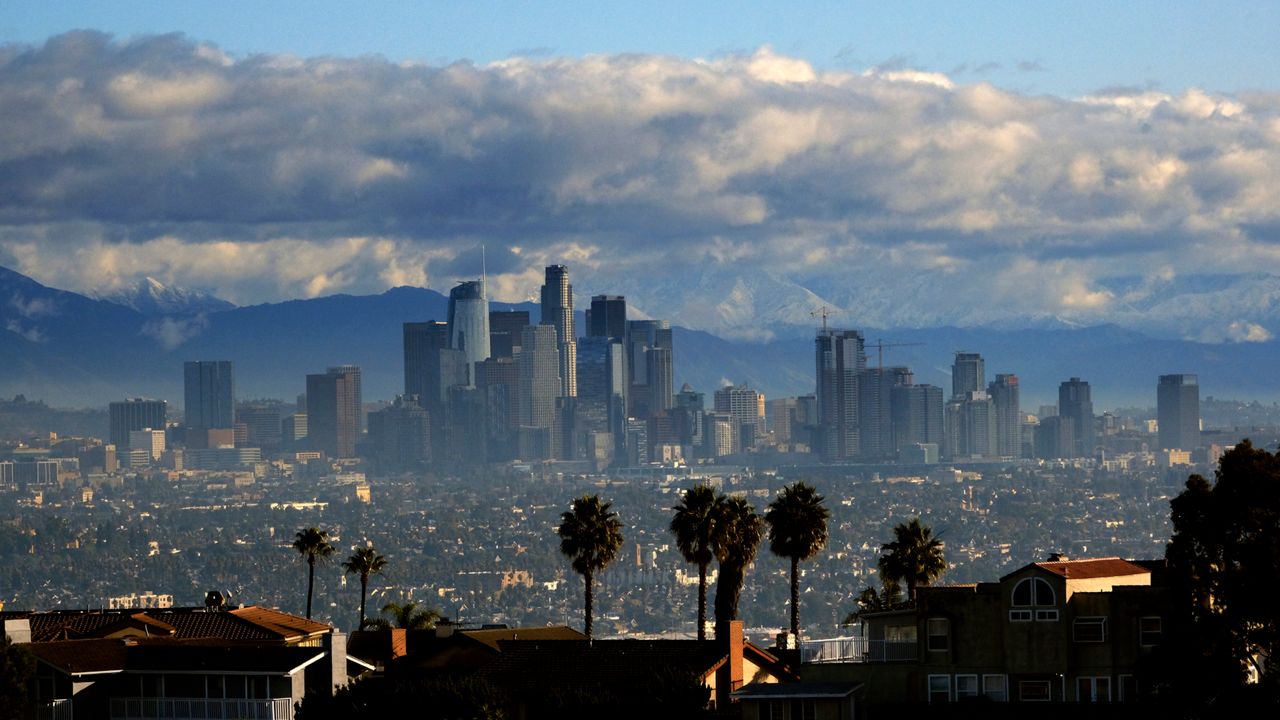What comes to mind when you hear the word "microclimate"? Well, it means something different to different people.
First, let's break apart the word microclimate.
"Micro," according to Merriam-Webster, means "very small, especially microscopic or involving minute quantities or variations."
"Climate," according to Merriam-Webster, is "the average course or condition of the weather at a place over a period of years exhibited by temperature, wind velocity and precipitation."
To a biologist studying wildlife in a rainforest, there are two main microclimates: the climate above the forest canopy and the one below the canopy. Size of the area is measured in feet.
To a meteorologist or weather forecaster, the size of the areas are measured miles. To a forecaster in Southern California, there are between five and seven microclimates.
So, in general, a microcliomate is a small area within the surrounding larger area with a different climate.
These microclimates are most distinct in summer and are mostly defined by temperature and humidity. This is why the local weather forecasters have to have several different extended forecasts. They don't want to leave any particular geographic region out.
On a typical summer day, it could be 65 degrees and cloudy at the beach and 90 degrees and sunny just 10 miles away. This temperature difference is driven by topography. I'm not talking about it being 65 degrees at the top of the mountain and 90 degrees at the bottom of the mountain (although this is true, too).
The mountain chain separates the two microclimates. On one side you have cold, moist air adjacent to the ocean. On the other side, you have hot, dry air. This is the case between Los Angeles County beaches and the San Fernando Valley. 10 miles separate these two microclimates.
In general, the farther inland you live, the warmer it gets. If there were no mountains to block the marine layer airmass from moving inland, this would almost always be the case. This is the usual sea breeze set up. Hot desert or valley air rises and leaves a void. The void is filled by cooler marine air.
The exception to this is when you get offshore or Santa Ana winds. During this type of weather pattern temperatures can be warmer near the coast compared to inland areas.
However, in SoCal we have several mountain chains that separate geographic communities and their microclimates.
Here at Spectrum we have seven extended forecasts to account for the seven microclimates. During peak heat waves we could use eight extended forecasts.
1) Coast
2) Los Angeles and Orange County Basins (this could be two separate forecasts during peak heat)
3) Valleys
4) Inland Empire
5) Mountains
6) High Desert
7) Low Desert
This has evolved since I was a kid growing in Southern California. When I was a kid back in the 70s and 80s, there was just one 5-Day Forecast. Now most TV stations have between five and seven extended forecasts and they are 7-Day Forecasts.
